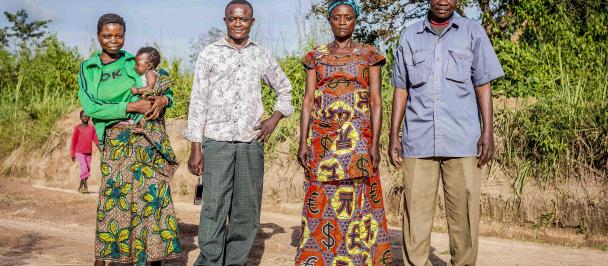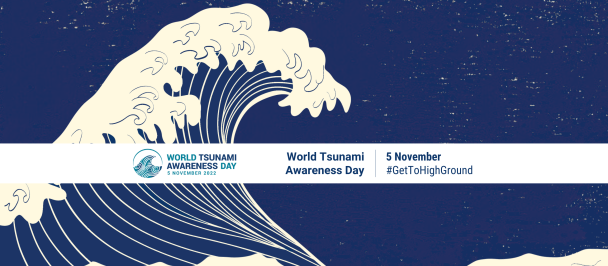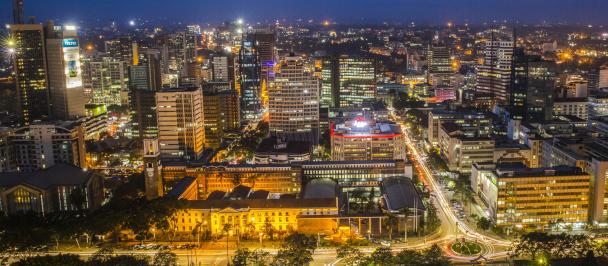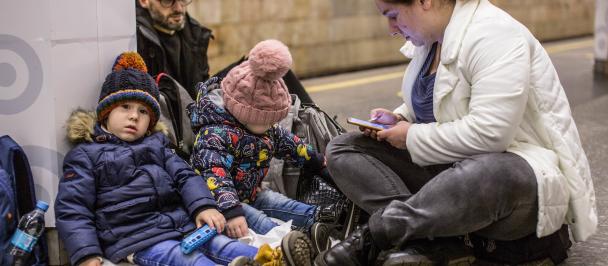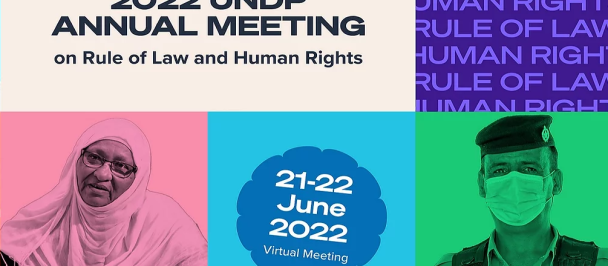Statement delivered by Asako Okai at the Development Dialogues Session on Urban Resilience- Managing Urban Risks and Building Resilience: An Old Challenge Has Gained New Urgency.
Managing Urban Risks and Building Resilience
April 15, 2021
Distinguished Panelists, participants, colleagues and friends,
A warm welcome to all.
In today’s discussion, we framed Urban resilience as ‘an old challenge gaining new urgency’. Although this imperative has been evident for long, it has become central to today’s development discourse. The impact of Covid-19 was predominantly ‘urban’, with nearly 90% of the people affected and major socio-economic disruption caused, in cities. It has exposed the ‘soft underbelly’ of our urban development, governance and risk management systems.
Crises are no longer stand-alone or episodic. Their wide-ranging impacts and interconnected nature pose significant socio-economic challenges, lingering much beyond their immediate occurrence. And the risks are heightened especially in inter-dependent sectors of development in cities.
Risks are now manifested globally in urban areas. For example,
o Nearly 84% of the fastest growing cities face extreme climate and disaster risks, with a vast majority of these in Asia and Africa.
o High-risk cities are mostly in challenging development contexts like in LDCs, LICs, SIDS and face considerable governance deficits as well as capacity and resource constraints.
In cities, crises and risks of all types tend to converge and become concentrated. ‘Urbanization of risks’ is exacerbated by pre-existing structural issues such as poverty, inequality, migration, and informality, affecting weaker segments of society the most, leaving them further behind.
In fact, the World Bank projects that Covid-19 pandemic may have pushed additional 88 million to 115 million people into extreme poverty in 2020. And their analysis indicates that these “new poor” will be more urban than chronic poor; more engaged in informal services; and live in congested urban settings.
Driven by this sense of new urgency, UNDP recently analyzed the global frameworks, policies, programs and tools, and conducted an extensive consultative process with a range of stakeholders to diagnose urban resilience related demands and priorities.
With over half of the humanity already becoming ‘urban’, we have arrived at a firm conviction that the theater of action has gravitated towards urban areas. It will define our ability to ensure sustainability of development and resilience to risks, as urged by the New Urban Agenda and the SDGs.
Thus, UNDP intends to re-orient its urban risk management and resilience building practice through an integrated cross-thematic approach. Going ahead, we have identified the following priorities for policy and programmatic action:
· First, to give more focus on neglected geographies where greatest capacity gaps exist such as small and medium sized cities in LDCs, SIDS and LMICs, including cities in or on margins of crisis/fragile contexts. UNDP’s risk assessment tools like Crisis Risk Dashboard will be strengthened and make better use of data in Risk Atlases, INFORM and Global Center for Disaster Statistics (GCDS) to provide actionable risk analysis and information to support their peculiar risk management and resilience building needs.
· Second, to strengthen urban governance by bridging the disconnect between the national policy and implementation at the municipal level, and also by stepping up engagement with key city interest groups. Effective urban governance means engaging all actors to shape urban development through connected policies and collective actions. We need to support cities to improve decision-making processes by fostering participation and overcoming traditional barriers to address existing risks and prevent new ones.
· Third, to ensure that urban development and services cater to the specific needs and vulnerabilities of weaker segments of urban communities. This will include improving their access to urban services like health, education, etc. and addressing their exposure to small-scale localized incidents.
· Fourth, to build capacities of less-resourced cities to manage multi-dimensional risks through well-financed risk-informed urban development planning and investments. UNDP is currently developing its Risk Informed Development offer to facilitate its application at city-level and to bring to scale.
· Finally, to expand innovation for resilient urban future. Recognizing the dynamic and evolving needs in cities, potential of innovation and digital technology-based solutions must be maximized. Methodologies such as modelling, scenario planning, resilience benchmarking etc. will be used to improve urban services and functionality, including urban planning and crisis management systems. Expertise of UNDP’s Accelerator Labs and SDGs AI Lab will help devise contextualized solutions.
But UNDP cannot build urban resilience alone. We need to join hands in this Decade of Action to bring the capabilities of all actors and stakeholders to achieve SDGs especially at local levels. UNDP would like to call upon all partners to adopt an “all hands-on deck” approach with particular focus on small, medium and transitioning cities.
Today we are privileged to hear from our esteemed panel of experts representing perspectives from the national government, city administrations, development partners, civil society, academia and the private sector. The wealth of experience on the Panel will help articulate existing unmet demands and emerging priorities, as well as ways to advance partnership-based and action-oriented approaches.
I look forward to an engaging discussion today and synergy of action ahead.
Thank you.

 Locations
Locations
